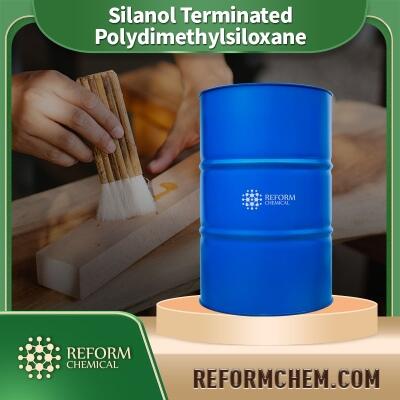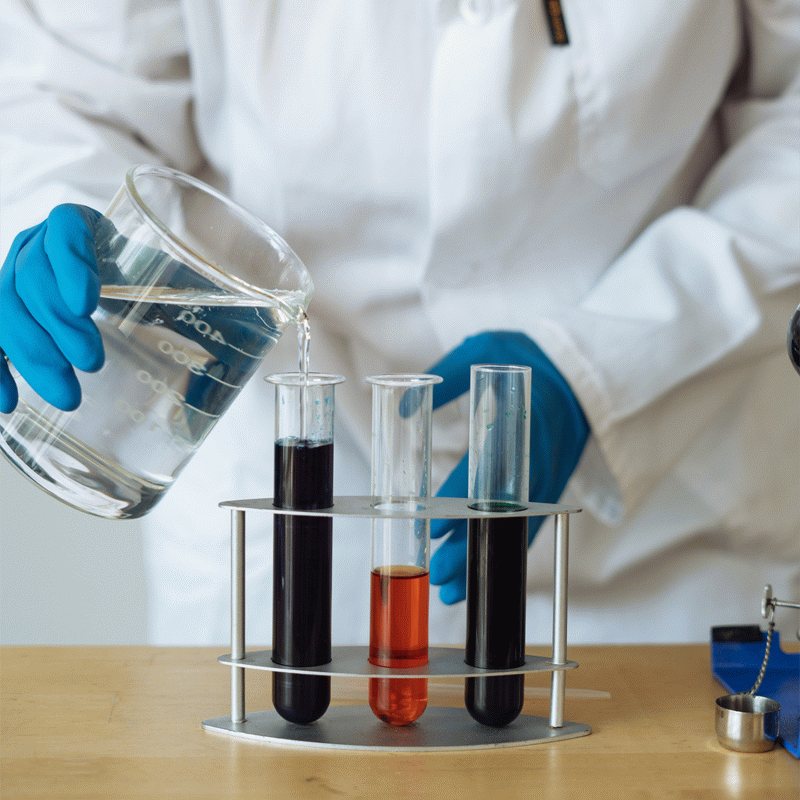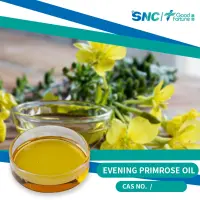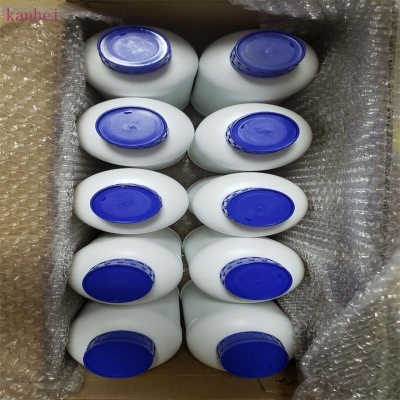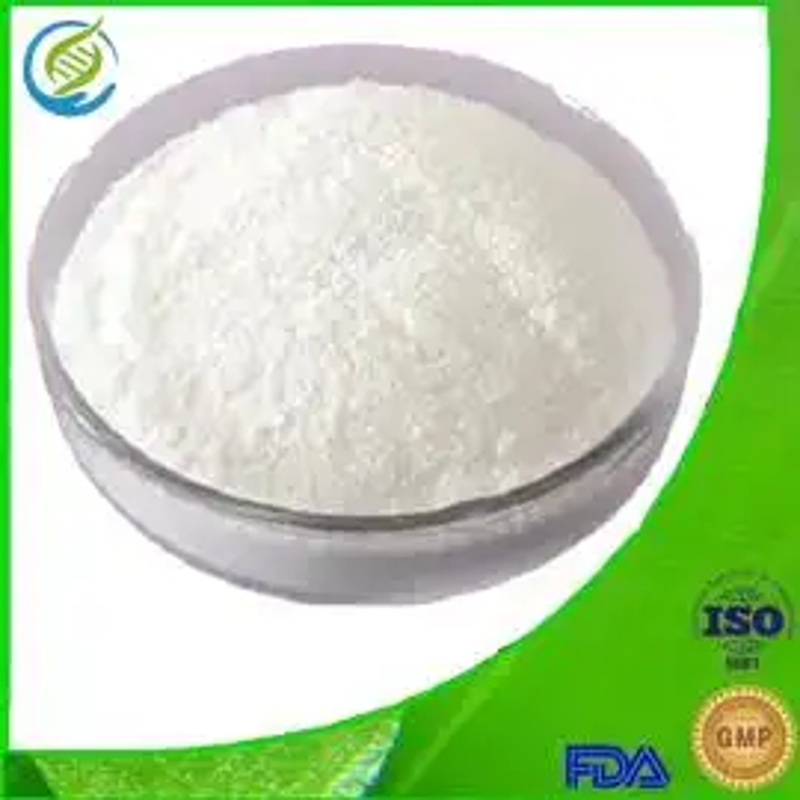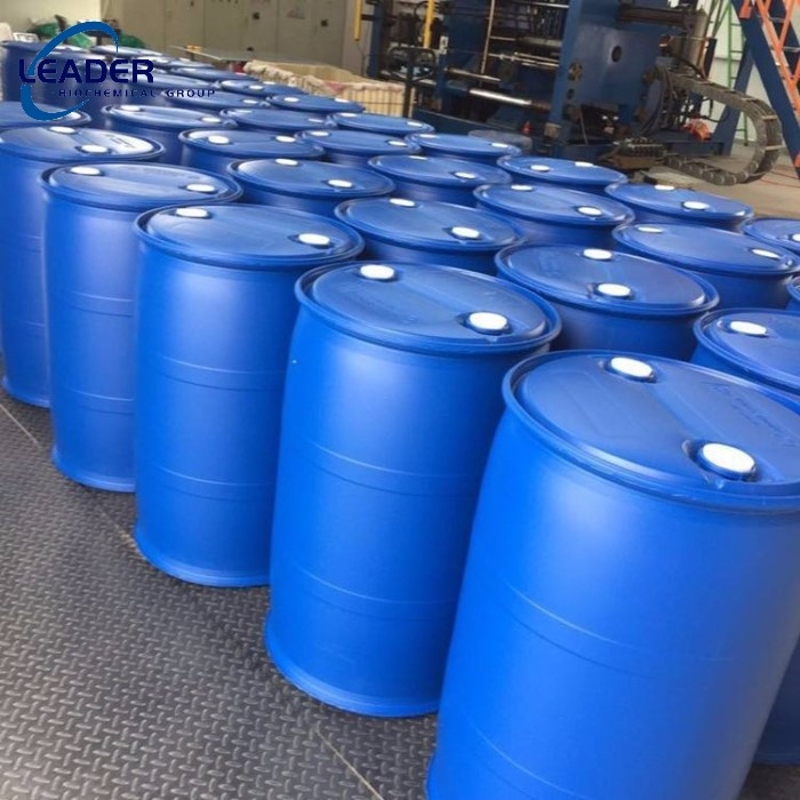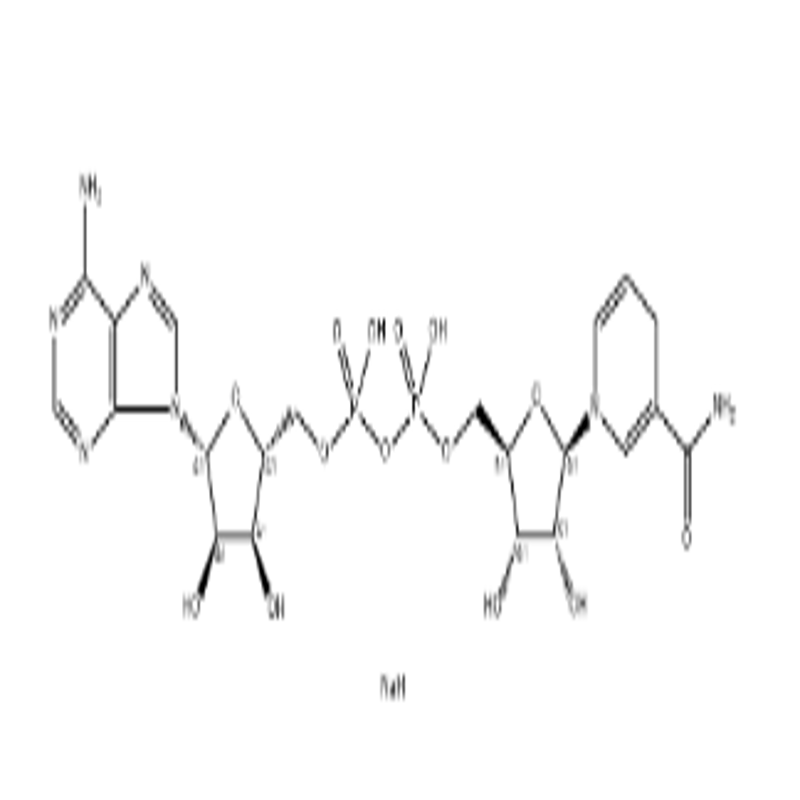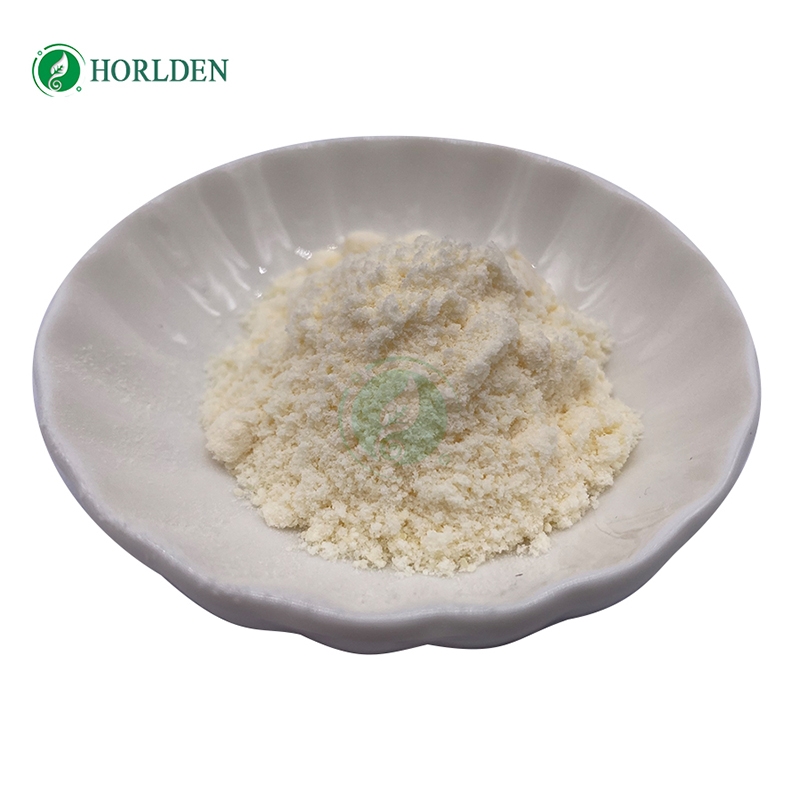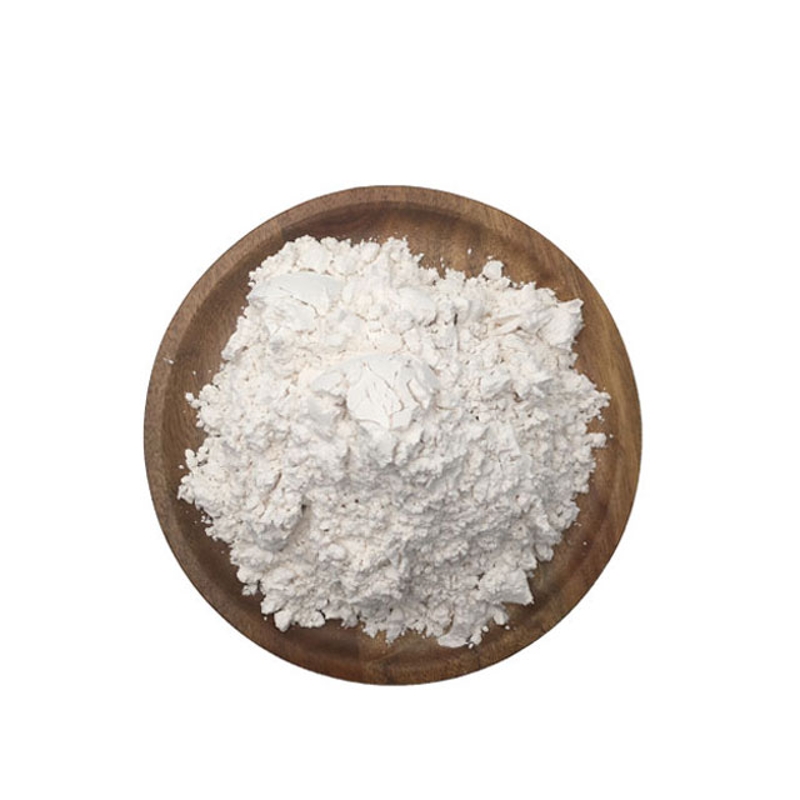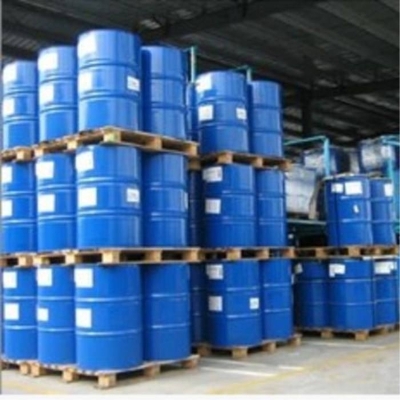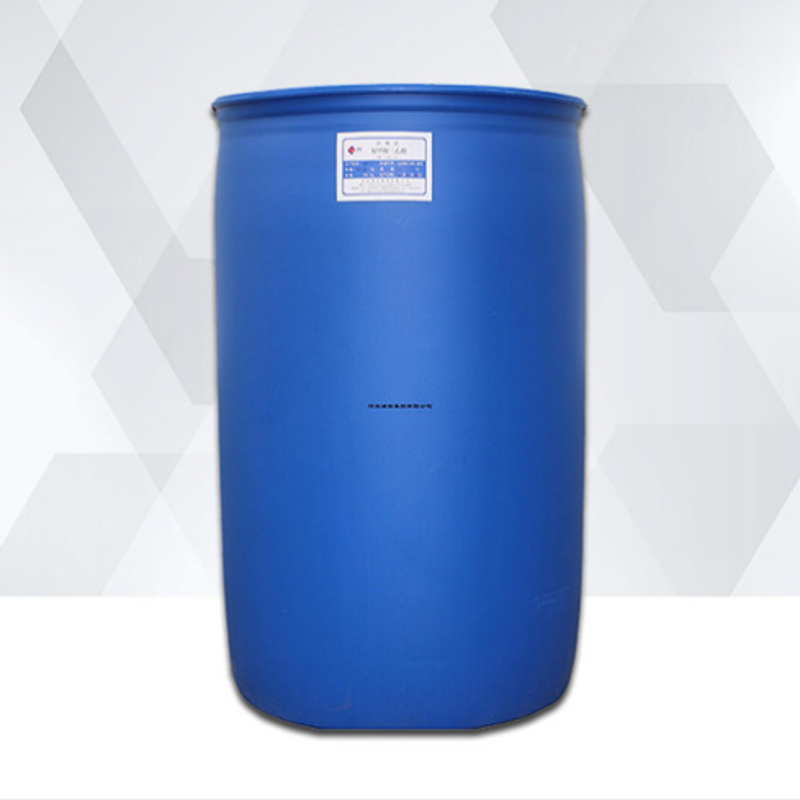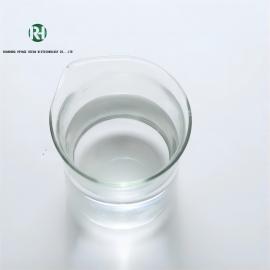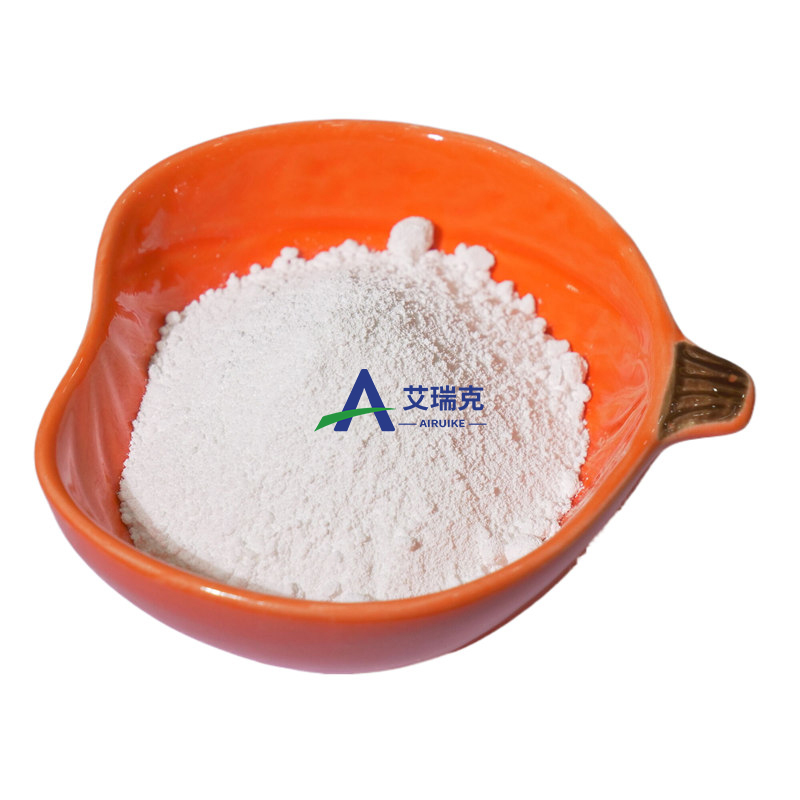Cosmetic Ingredient
- • Abrasive (124)
- • Absorbent (84)
- • Anticaking (66)
- • Anticorrosive (25)
- • Antifoaming (19)
- • Antimicrobials (290)
- • Antioxidant Ingredient (393)
- • Antiperspirant (20)
- • Antiplaque (48)
- • Anti-seborrheic (38)
- • Anti-sebum (39)
- • Antistatic (458)
- • Astringent (162)
- • Binding Agent (172)
- • Bleaching Agent (53)
- • Buffering (191)
- • Bulking (109)
- • Chelating (122)
- • Cleansing (679)
- • Cosmetic Colorant (212)
- • Cosmetic Preservative (158)
- • Denaturant (45)
- • Deodorant (98)
- • Depilatory (27)
- • Dissolving Agent (298)
- • Emollient (795)
- • Emulsifying Agent (480)
- • Emulsion Stabilising (154)
- • Exfoliating (19)
- • Film Forming (299)
- • Flavouring (72)
- • Foam Boosting (161)
- • Foaming (101)
- • Fragrance Ingredient (726)
- • Gel Forming (19)
- • Hair Conditioning (670)
- • Hair Dyeing (363)
- • Hair Fixing (36)
- • Hair Waving or Straightening (45)
- • Humectant (282)
- • Hydrotrope (92)
- • Keratolytic (20)
- • Light Stabilizer (80)
- • Moisturising Agent (50)
- • Nail Conditioning (42)
- • Occlusive (20)
- • Opacifying (119)
- • Oral Care (123)
- • Oxidising (19)
- • Perfuming (2105)
- • Plasticiser (98)
- • Propellant (19)
- • Reducing (50)
- • Refatting (12)
- • Refreshing (26)
- • Skin Cleansing (388)
- • Skin Conditioning (1751)
- • Skin Humectant (21)
- • Skin Protecting (282)
- • Smoothing (31)
- • Soothing (71)
- • Tonics (155)
- • UV Filter (34)
- • Viscosity Controlling (532)
Chemicals as Skincare Ingredients
Related News
-
Shell Considers Partnering with the U.S. and Closing European Chemical Assets
2025-03-26 -
Price Surge Alert as Major Suppliers Increase Barium Sulfate Costs by 200 Yuan per Ton
2025-03-20 -
Quaker Houghton Acquires Dipsol Chemicals, Strengthening Advanced Solutions Portfolio
2025-03-27 -
AstraZeneca to Invest $2.5 Billion to Establish Global Drug R&D Center in Beijing
2025-03-25 -
Saudi Aramco CEO: Invest in downstream projects in China's energy, chemical and other fields
2025-03-28 -
Dow's Silicones Downstream Expansion Project in Zhangjiagang Launches and Drives Market Innovation
2025-03-21
Emollient
Polysiloxanes, di-Me, hydroxy-terminated
(70131-67-8)-
Industrial Grade / 99%
$1-1.3/KG FOB
-
-
Pharmacy Grade / 99%
-
- / 99.00%
Request for quotation , get quotes from more suppliers.
Methyl laurate
(111-82-0)-
- / 0.00%
-
-
- / 99.00%
-
Pharmacy Grade / 99%
$10/KG EXW
Request for quotation , get quotes from more suppliers.
Evening primrose, Oenotherabiennis, ext.
(90028-66-3)-
pharmaceutical grade/food grade / 99%
-
- / 0.00%
-
Pharmacy Grade / 99%
-
Reagent Grade / 99%
$20-22/KG FOB
Request for quotation , get quotes from more suppliers.
2-Pyridinecarboxamide
(1452-77-3)-
- / 99.00%
-
Industrial Grade / 99%
-
![2-Pyridinecarboxamide buy 2-Pyridinecarboxamide]()
-
![2-Pyridinecarboxamide buy 2-Pyridinecarboxamide]()
Industrial Grade / 99%
Request for quotation , get quotes from more suppliers.
Fatty acids, coco
(61788-47-4)-
Industrial grade / 98%
-
Pharmacy Grade / 99%
-
Industrial Grade / 99%
-
Pharmacy Grade / 99%
Request for quotation , get quotes from more suppliers.
Disodium NADH
(606-68-8)-
- / 99.0%
-
Reagent Grade / 99%
$20-22/KG FOB
-
Food grade / 99%
-
Pharmacy Grade / 99%
Request for quotation , get quotes from more suppliers.
Avocado oil
(8024-32-6)-
Industrial Grade / 99%
-
Pharmacy Grade / 99%
-
Pharmacy Grade / 99.5%
-
![AVOCADO OIL buy AVOCADO OIL]()
Request for quotation , get quotes from more suppliers.
-
Cosmetics Grade / 99.5%
$1-1.2/MT FOB
-
- / 99.00%
-
- / 99%
-
Industrial Grade / 99%
Cocoa butter
(8002-31-1)-
Food Grade / 99%
$1-1.2/KG FOB
-
Food Grade / 99%
-
- / 0.00%
-
- / 99.00%
Request for quotation , get quotes from more suppliers.
-
Industrial Grade / 99%
-
-
- / 99.00%
-
Pharmaceutical Grade / 99%
Request for quotation , get quotes from more suppliers.








